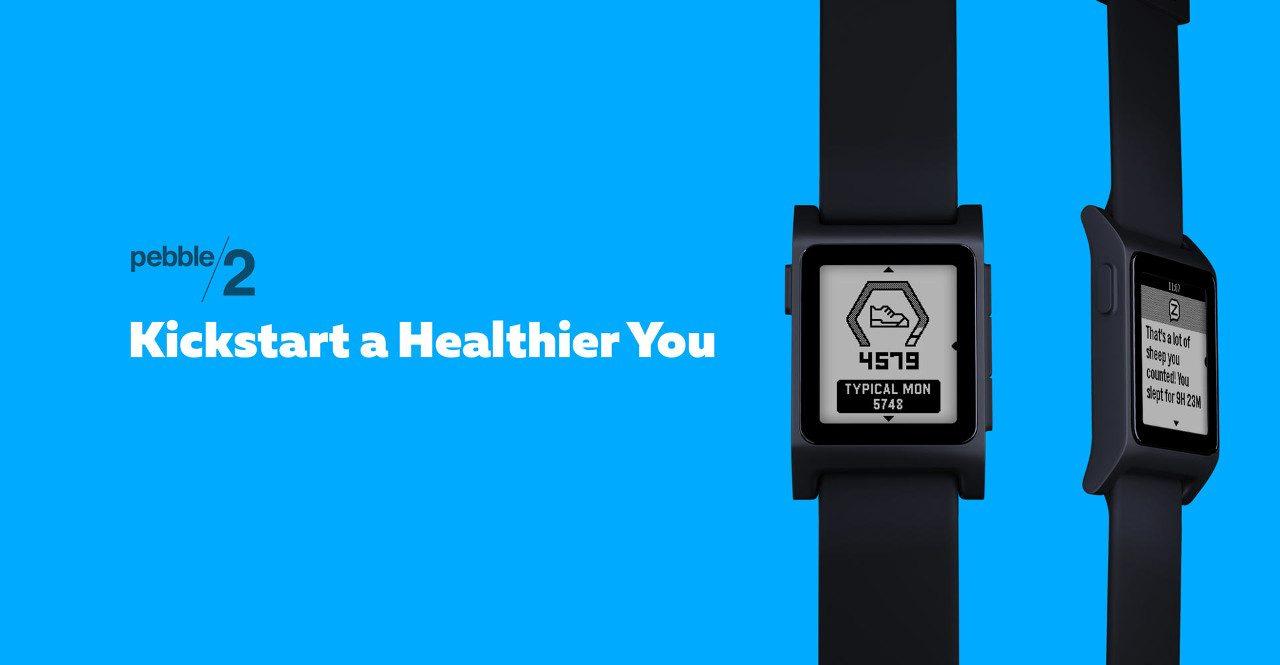
If you use your watch primarily as a fitness tracker, for example, you might want to set it so that pressing the back button while on the home screen automatically starts a workout. A single button on the other side of the watch casing lets you navigate backwards.These buttons can also be customized to launch other watch apps or actions. When navigating a menu, these top and bottom buttons can also be used to move the cursor up or down, while the middle key functions as a select button. One side of the watch features three buttons: a middle key for launching the main menu (which includes apps, watch faces, and settings among other things), a top button that takes you to your fitness stats, and a bottom button for viewing upcoming events and the weather. While many wrist-worn gadgets made by Samsung, Apple, and Fitbit include touch-sensitive screens, Pebble’s watches require you to press physical buttons located on the side of the device’s casing to navigate apps and menus. Pebble’s user interface has long differed from that of other wearables.

But for those who care about aesthetics, it may be worth spending a few extra bucks on a sleeker gadget. The matte casing paired with the rubbery band that comes with the watch fit snugly and felt comfortable to wear all day.

Much like the original, the Pebble 2 + Heart Rate looks and feels like a fitness watch, rather than a timepiece you’d want to wear during a fancy night out.


 0 kommentar(er)
0 kommentar(er)
